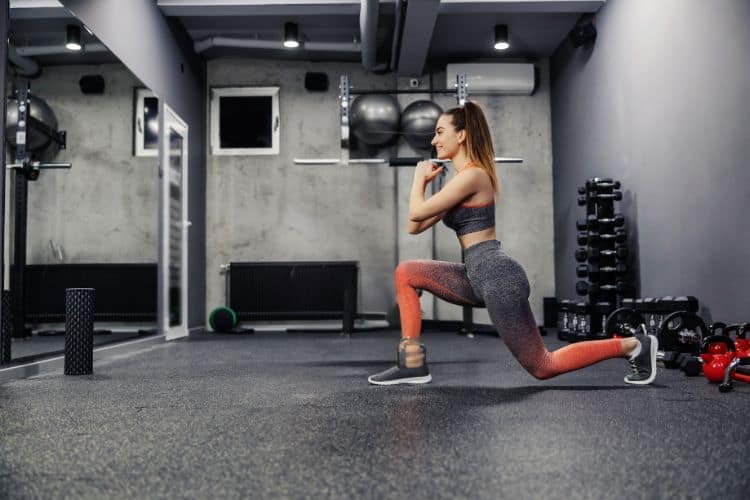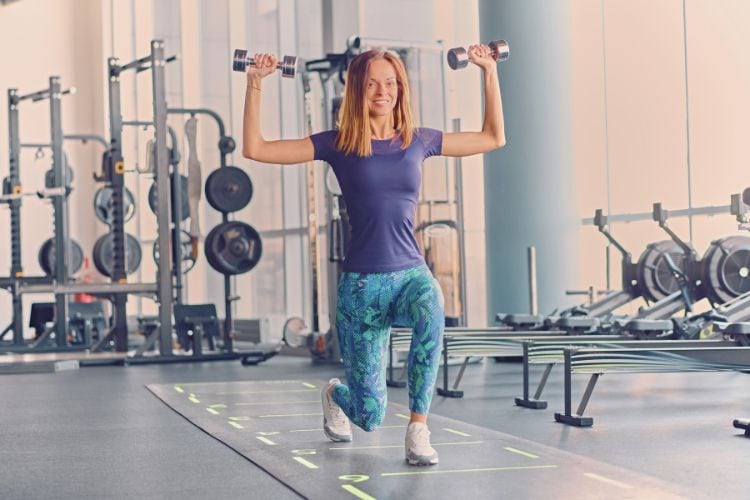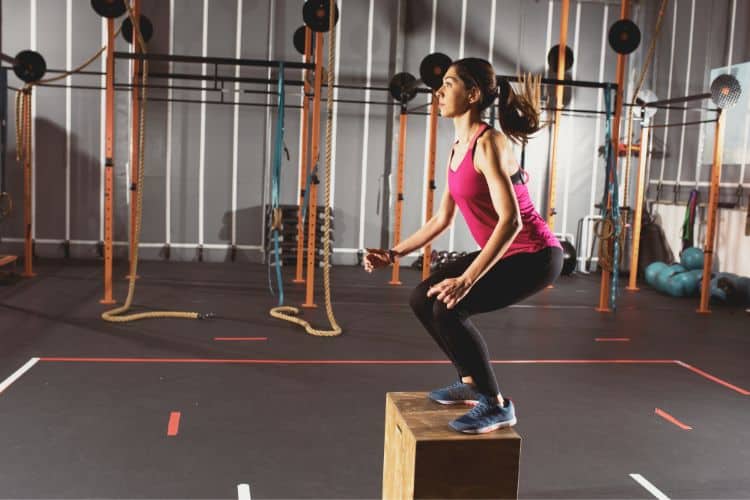Sign up for workout ideas, training advice, reviews of the latest gear and more.






The landscape of fitness has evolved considerably in the last few decades, with more women than ever delving into the world of training. With this surge in interest, it’s imperative for women to understand the importance of a tailored training regimens that addresses their unique needs. The power to transform, not just our bodies, but also our minds and lives, begins with an effective training regimen. Let’s explore why.
Why a Tailored Training Regimen Matters
Women have distinct physiological, hormonal, and muscular differences from men. These differences can influence the way we respond to exercise, muscle development, and recovery. For instance, women typically have a higher percentage of body fat and less muscle mass than men, leading to different energy dynamics during workouts.
Moreover, hormonal fluctuations throughout a woman’s menstrual cycle can influence exercise performance, recovery, and even the risk of injury. A well-structured training regimen for women considers these factors, ensuring that exercises align with the body’s natural rhythms.
Crafting Your Personalized Training Regimens
Define Your Goals: Before embarking on any fitness journey, clarify your objectives. Whether it’s building muscle, increasing endurance, losing weight, or just staying active, your goals will determine the kind of exercises you should prioritize.
Strength Training: Incorporating weights can help in building lean muscle, which in turn can boost metabolism. Think squats, deadlifts, and bench presses.
High-Intensity Interval Training (HIIT): Short bursts of high-intensity exercises followed by rest. It’s efficient and can burn a lot of calories in a short amount of time.
Cardiovascular Training: Ideal for endurance and burning calories. This includes activities like running, swimming, and cycling.
Flexibility and Balance: Often overlooked, but crucial for overall health and injury prevention. Think yoga, pilates, and dynamic stretching.
Plan for Hormonal Fluctuations: During the luteal phase (the second half of your menstrual cycle), you might experience increased strength but a lower pain threshold. You might opt for strength training regimens during this time, while focusing on more low-impact activities during the first half of your cycle.
Incorporate Recovery: Overtraining can lead to burnout and injuries. Integrate rest days, indulge in stretching, or try techniques like foam rolling to aid muscle recovery.
What you fuel your body with is just as crucial as your training. Ensure a balance of protein for muscle repair, carbohydrates for energy, and healthy fats for overall body function. Hydration is key – it aids in muscle function and recovery. Also, consider syncing your nutrition with your menstrual cycle. For instance, you might need more calories and carbs during the luteal phase.
Unfortunately, misconceptions still surround women and training regimens. Here are some myths dispelled:
Understanding the Female Physiology in Training
When discussing women’s training regimens, it’s vital to dive deeper into the unique physiology of the female body and how it impacts our training approach.
Women naturally have smaller, lighter bones than men, which affects how they respond to certain physical activities. Additionally, women are at a higher risk for conditions like osteoporosis. Weight-bearing exercises, such as resistance training regimens and certain aerobic activities like running or jumping, can help increase bone density, providing a protective effect against bone-related diseases.
Muscle Composition
It’s a myth that women are less muscular than men. The reality is that women have a similar number of muscle fibers as men. However, women generally have a higher ratio of Type I (endurance) muscle fibers, while men have a higher ratio of Type II (power and strength) fibers. This makes women naturally more suited for endurance activities. Recognizing this, women can fine-tune their training to exploit these natural advantages.
Women usually have a higher percentage of essential body fat than men. Essential fat plays a crucial role in reproductive processes and overall health. This increased fat percentage often means women burn fewer calories at rest than men, which can influence the amount of energy expended during workouts and at rest. Understanding this metabolic difference is essential for crafting nutrition and training strategies.
Physical training regimens is not just about the body; it’s deeply intertwined with our mental and emotional states. Women, in particular, benefit from recognizing and nurturing this connection.
Mental Well-being: Regular exercise is known to release endorphins – natural mood lifters. It’s a potent tool against depression, anxiety, and stress. Furthermore, mastering a new skill or achieving a fitness milestone can significantly boost self-esteem and confidence.
Emotional Resilience: Training, by its nature, involves confronting and overcoming challenges. This resilience built in the gym can translate to handling life’s difficulties with a stronger, more composed demeanor.
In the age of social media, it’s easy to be swayed by “ideal” body images and transformation stories. However, it’s essential to remember that everyone’s body is unique. Genetic factors can influence how and where we lose or gain weight, how quickly we build muscle, and even how our muscles are defined.
Avoid Comparison: Your fitness journey is personal. Use others’ stories as inspiration, not as a standard to measure against.
Seek Expert Advice: Fitness influencers can provide a lot of information, but always consult with a certified trainer or nutritionist when crafting your training regimen.
Women’s health is not limited to physical fitness; it encompasses a holistic well-being approach. Incorporating practices like meditation, mindfulness, and even therapeutic activities like dancing or art can greatly complement a training regimens.
Meditation: Regular meditation can aid focus, reduce stress, and even improve performance by enhancing mind-muscle connection.
Mindfulness: Being present during workouts, feeling every movement, and understanding your body’s response can significantly enhance training efficacy and reduce injury risks.
Women’s Training and Life Stages
A woman’s body goes through several changes from adolescence to menopause. These stages, be it pregnancy or the onset of menopause, bring about hormonal changes that affect fitness. Customizing training regimens to suit these life stages can aid in smoother transitions and maintain optimal health.
Expanding one’s knowledge about the nuances of female physiology and the mind-body connection can significantly enhance training outcomes. For every woman, the path to empowerment through fitness is unique. By staying informed, setting realistic goals, and embracing holistic well-being, we can craft a journey that’s not just about physical strength but also mental fortitude and emotional balance. Embrace the journey, celebrate every milestone, and remember: it’s not about perfection, but progression.
Stay up to date on the latest women’s health, fitness and lifestyle trends and tips.